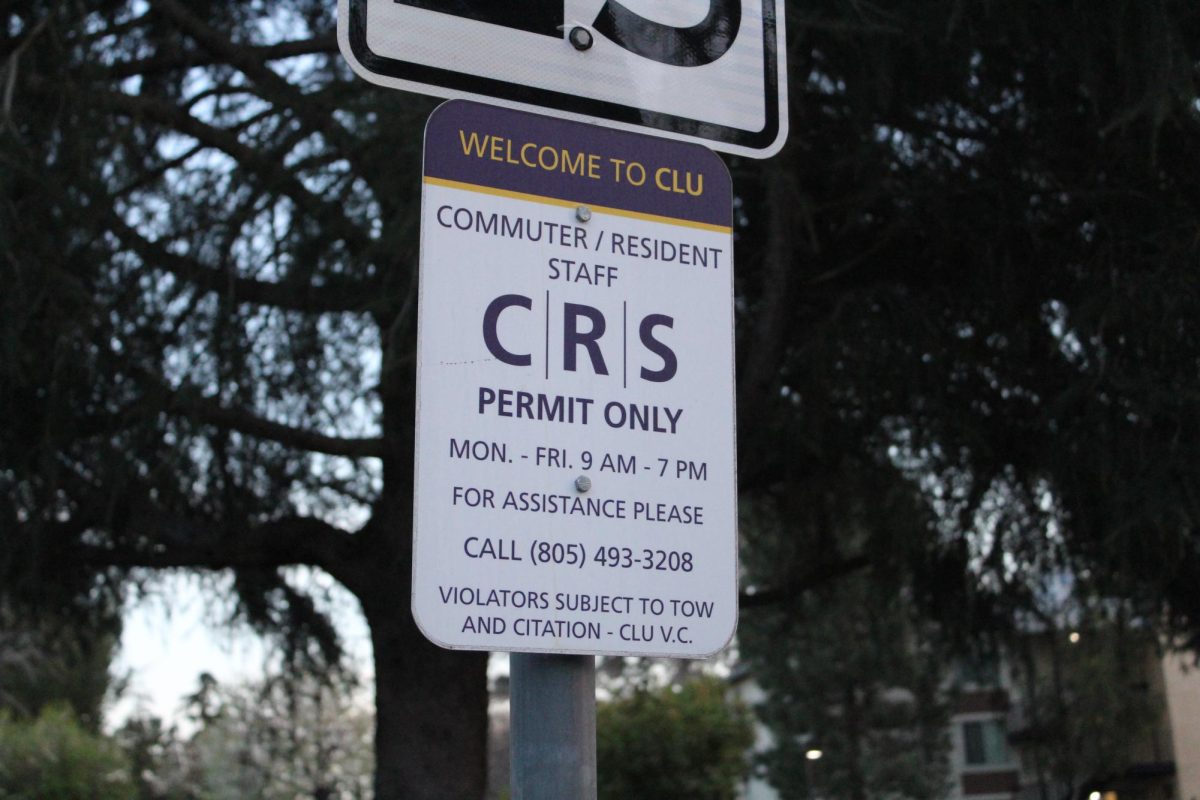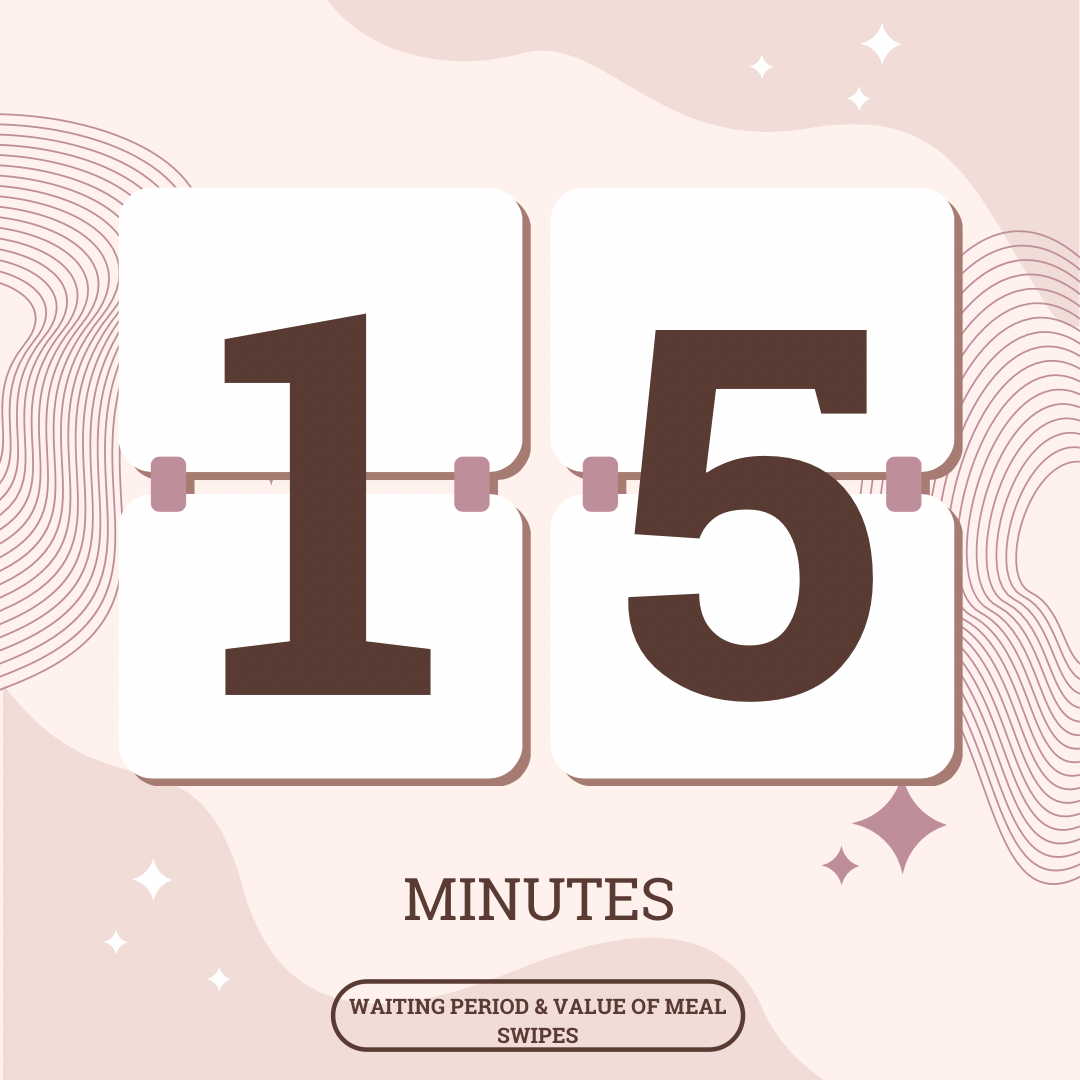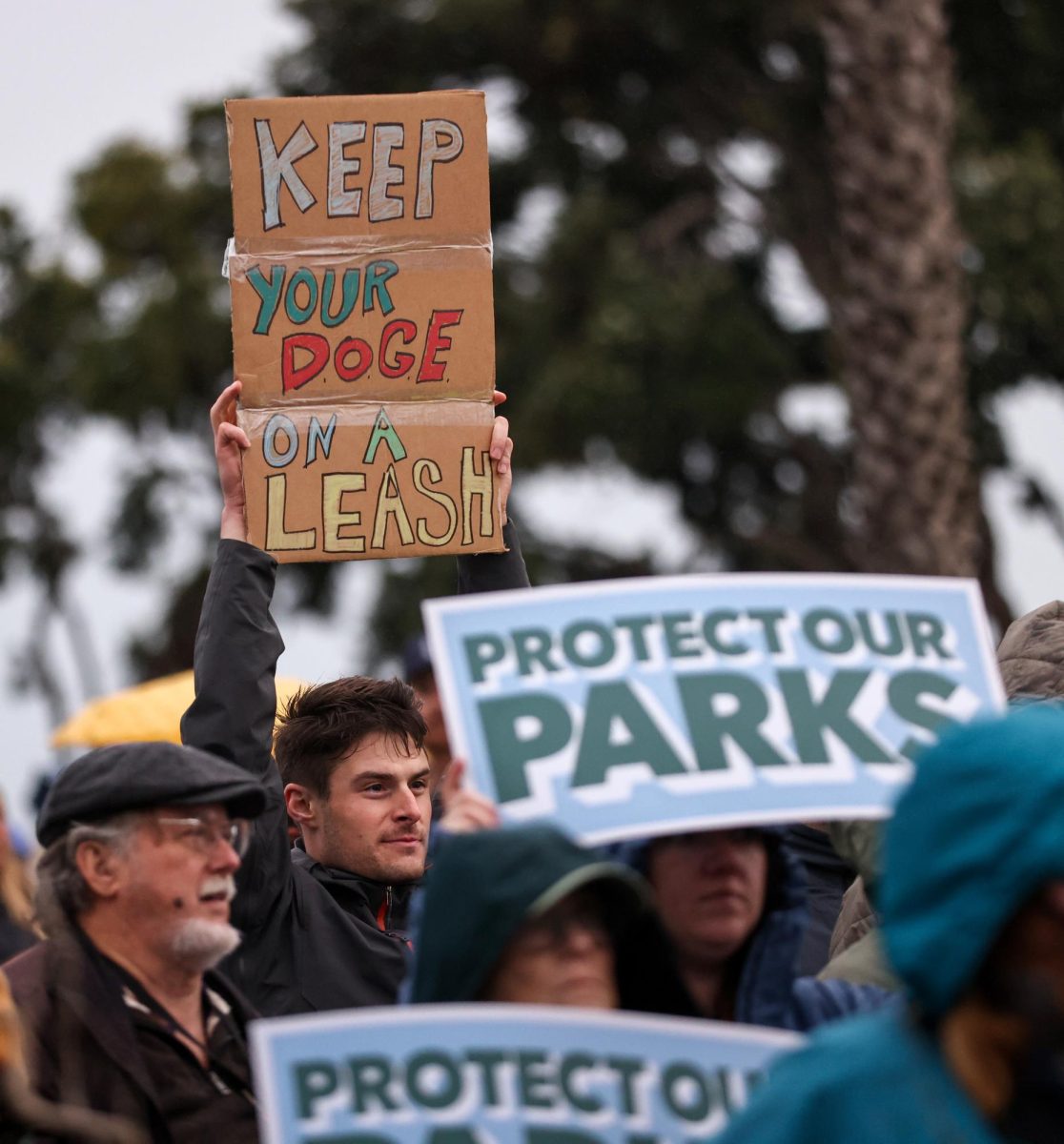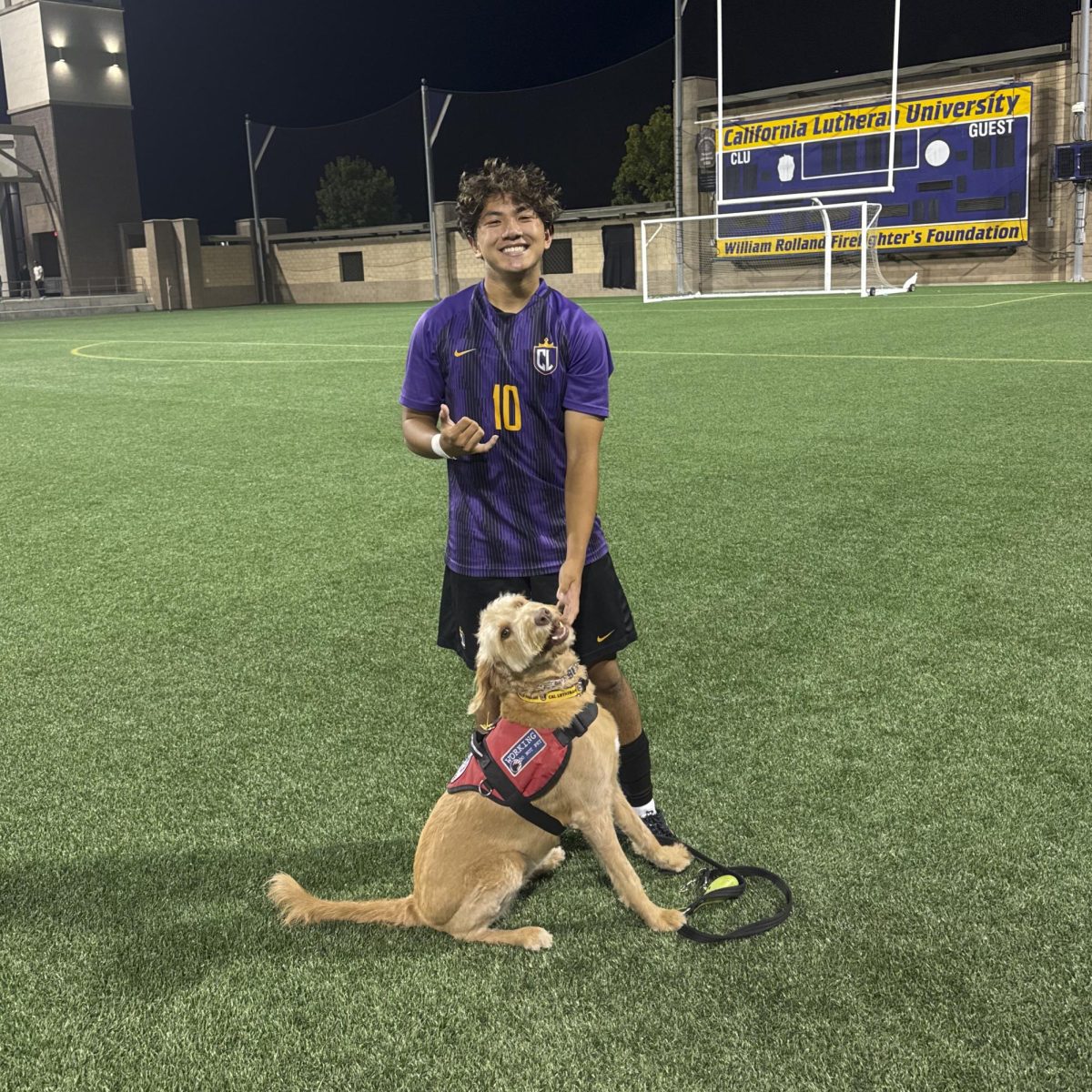I believe that parking has been an issue for commuters, residents, and staff for a long time on California Lutheran University’s campus.
The campus includes a total of 3,410 students (48% residents, and 52% commuters), 362 full-time staff, and 182 full-time faculty, according to the Cal Lutheran website.
All of these daily visitors have to compete for the finite number of parking spaces that have been divided into subsections, where only certain people can park, to combat the parking problem.
“My roommates, when I used to live on campus, used to complain all the time about not being able to find parking. Or now as a commuter I hear a lot from my friends or see them circling around and us both showing up late because there is nowhere to park that’s not a ten-minute walk from the classroom,” senior Ryan Ekenstam said.
I have had to circle for anywhere between ten to sometimes 20 minutes for a parking spot on campus depending on the day and time, often making me late for classes, and I have heard several of my classmates and friends saying the same thing.
It becomes apparent from driving around campus that the subsections, while better than nothing, are not the greatest solution for the number of circling cars, the amount of time to find a correct parking spot, and it does not take into account certain sections of the day that are busier than others.
“There were too many parking permits given out to people for the commuter areas with not enough spots for them. If I ever tried to park on the street in front of my residence, it would count as commuter parking so I would get a ticket the next day,” Ekenstam said.
Many solutions to the parking crisis have been proposed by both student bodies and facilities alike, whether it be buying more parking spots, building a parking structure, or when President Lori Varlotta proposed in a faculty meeting an introduction of 116 new parking spots for electric vehicles for approximately $2 million.
However, all of these solutions don’t take into account the high traffic times of the day, don’t provide immediate solutions, and above all are too expensive. The campus has several low-cost, immediate solutions that have been used by others before at their fingertips, it might just be because of their simplicity that they have been overlooked.
“Even the freshmen area [dorms], there’s always spots there, and we are never allowed to park there,” Junior Mia Garcia said.
As a first solution, the campus could keep its subsection design of resident, staff, and commuter zones intact, but allow intermixing at the high-traffic points of the day.
These subsections are designed by tall signs placed periodically along the sidewalks indicating which parking pass lettering is allowed to park in this zone. All it would take is a redesigning of these signs or adding one underneath the current one identifying that the zone is only for the specific group, but it is open to everyone to park in the area during a certain section of the day.
Of course, this certain section would be during peak traffic hours usually around 9:30 a.m. to 1:30 p.m. This way commuters who are struggling to find parking can find parking in residential areas.
Additionally, after 1:30 p.m. commuters still parked in resident parking spaces would start receiving parking violations to ensure residents are not blocked from their parking spots outside of high traffic times so they can leave campus and return to their dorms.
“I had a struggle sometimes finding parking spots later in the evening, on weekends and especially on weekdays it was hard finding a parking spot at 10 a.m. or 11 a.m. at Pederson and South Hall,” Ekenstam said.
Of course, possible negatives from this solution would be the cost of designing the additional signs or repainting the old ones, along with the fact that if residents leave their parking spot during the high traffic hours of the day there is a good chance that they will have to park in another area until after 1:30 p.m.
While I do believe these are good criticisms, the fact that many residential parking spots remain open during peak hours and go used while commuters are forced to circle for large areas of time looking for other places to park is undeniable.
Another possible solution to the parking problem on campus could be the creation of a free downloadable app. Campus safety is already assigned to patrol the school both to ensure that students are safe on campus and also to ensure that nobody is parking in the incorrect parking section and to give the car a ticket if they find one.
“If we can create an app called ‘Fizz’ that’s like Twitter, then I don’t see why we can’t create an app that’s beneficial for student parking,” Garcia said.
With this in mind, an app could be designed by the school that shows a map of the campus divided into subsections, and a color coding system to reflect how many open spots are available in that section. Green could represent a lot of open spots, yellow for a few, and red for barely any or zero remaining.
Campus Security staff would do their daily patrols for wrongly parked vehicles and while on patrol, update the app regularly to reflect the current situation in each subsection. Students could then download the app and see when they should leave for the campus at the best time to find a parking spot as well as where to start heading for the best chance at parking before they even arrive on campus, cutting down on the circle time of vehicle searching.
“Last year there was a meeting. As part of the school’s five-year plan, they were thinking about closing off one of the streets that would eliminate a lot of commuter parking,” Garcia said.
While these solutions have their advantages and disadvantages there is no denying that there are many resources at the campus’ disposal to solve this parking problem without using too much money or building new parking spots.
I believe that student parking here on campus is an issue that needs to be addressed here on campus, and my ideas show that there are cheaper forms of solving this solution than buying new parking spots.







